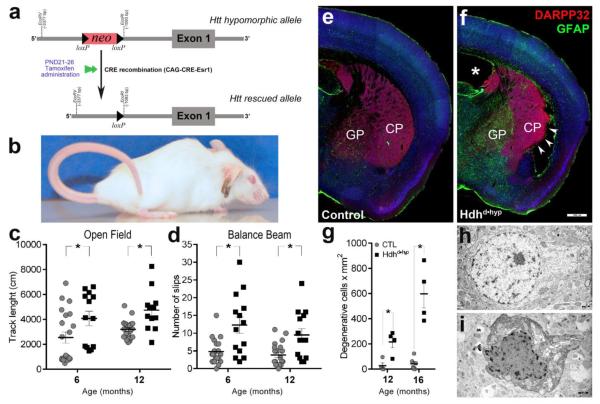Figure 1. Selective loss of Huntingtin function during development in Hdhd•hyp mice leads to late-life motor abnormalities, gliosis and striatal neuronal degeneration.
Compound heterozygous mice carrying both hypomorphic and null Htt alleles received tamoxifen between PND21 to 26, which rescue the expression Htt from the hypomorphic gene (a). Mice selectively expressing low levels of Htt during development (Hdhd•hyp) exhibit Straub tail, atrophy of hindlimb muscles and lordokyphosis (b). 6- and 12-month old Hdhd•hyp mice traversed significantly longer track lengths within the Open Field arena (c) and made more slips in the Balance Beam test (d) as compared to controls (CTL). e-f depicts 12-month of age brain sections immunostained with GFAP and DARPP32. GP and CP stand for globus pallidum and caudate-putamen, respectively. *asterisk and arrowheads in f indicates lateral ventricle hypertrophy and lateral CP degenerative changes in Hdhd•hyp, respectively. Electron microscopic analyses of the lateral striatum revealed significantly larger numbers of degenerating neurons in 12- and 16-months Hdhd•hyp specimens as compared with CTL (g-i). Scale bars in f and h-i correspond to 500 and 1 μm, respectively. Data in c-d is presented as mean ± SEM. * in c, d and g corresponds to p-values < 0.05.

